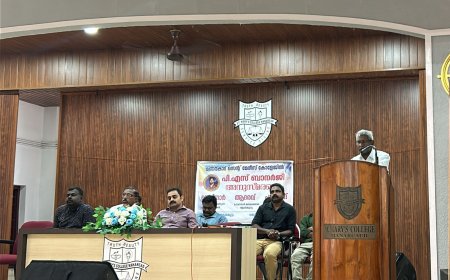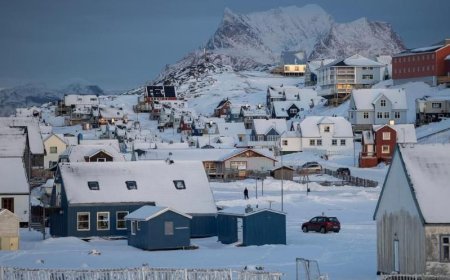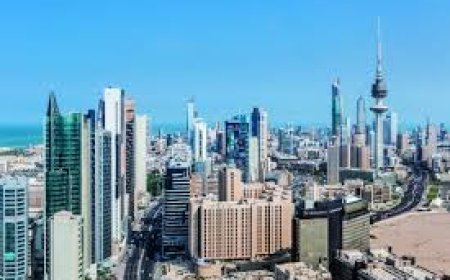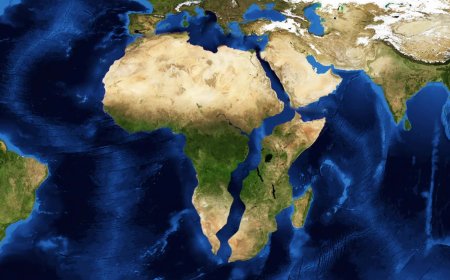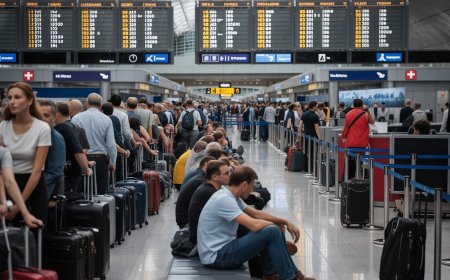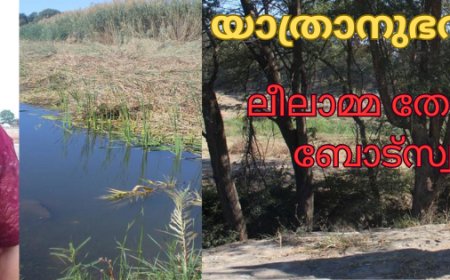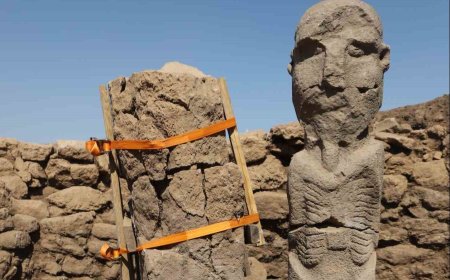Weather: Let’s act before it’s too late

HOW bizarre and catastrophic the weather situation is these days!
Climate change is causing the weather around the world to get more extreme, and scientists are increasingly able to pinpoint exactly how the weather is changing as the Earth heats up.
A new report by top climate scientists and meteorologists describes how climate change drove unprecedented heat waves, floods and droughts in recent years.
The annual report from the American Meteorological Society (AMS) compiles the leading science about the role of climate change in extreme weather.
"It's a reminder that the risk of extreme events is growing, and they're affecting every corner of the world," says Sarah Kapnick, the chief scientist at the National Oceanographic and Atmospheric Administration (NOAA).
This year, while North India is freezing, there is no winter in the South, especially in Kerala. It is pretty warm in the state as the temperature in November and December varied between 32 and 33 degrees Celsius.
A severe cold wave has gripped parts of northern India, with temperatures falling below -5C (23F) in Indian-administered Kashmir. Several regions, including Delhi, get enveloped in a thick layer of fog in the early morning and at night.
Every city in India can be called a river city. Almost all have water bodies flowing through them or near them. But the fate of most of these waterbodies is a matter of concern.
Many are severely polluted. Others have been filled up and built over. With the demise of these ‘sponges’, the drainage capacity of most cities has been destroyed, leaving them open to threats from extreme storm events and urban flooding.
The solution lies in understanding the challenges of rapid urbanisation and devising engineering solutions accordingly – for instance, rainwater can be collected and diverted through correctly designed drains to different water harvesting structures such as waterbodies to recharge the groundwater and avoid waterlogging.
The recent deluge in Chennai, triggered by Cyclone Michaung, has once again brought to light the vulnerability of Indian cities to climate-induced disasters. With over 40 cm of rainfall inundating the city within 48 hours by December 4, Chennai's plight is a stark reminder of the escalating climate crisis facing urban India.
Cyclone Michaung killed over a dozen people and left a trail of destruction in Andhra Pradesh and Tamil Nadu. The most vivid images that emerged were of submerged residential buildings and cars being washed away in water currents on inundated roads.
Though the latest flooding and destruction were the result of a cyclone, it isn't the only reason for the scale of devastation.
Chennai is no stranger to flooding; the city was submerged in a historic flood in 2015 due to heavy rainfall from the northeast monsoon. This was a wake-up call, highlighting the consequences of inadequate urban planning and poor institutional capacity.
The causes of such flooding are multifaceted. Heavy rainfall, inadequate drainage systems and the incapacity of rivers to manage high discharge levels are primary contributors. Urbanisation plays a significant role, with encroachments on major water bodies and ecologically sensitive zones exacerbating the situation.
However, Chennai's struggles are part of a broader narrative of climate vulnerability across Indian cities. Kolkata and Mumbai, for example, face significant risks from sea-level rise, tropical cyclones, and riverine flooding.
These densely populated metros are already witnessing the impacts of climate change, with increased intensity of rainfall and flooding, as well as heightened drought risks.
A dozen Indian cities, including Mumbai, Chennai, Kochi and Visakhapatnam, could be nearly three feet underwater by the end of the century, an Intergovernmental Panel on Climate Change (IPCC) report warned.
The response to these challenges requires a multi-faceted approach. Building codes must be strictly enforced, and urban planning must anticipate climate-related disasters. Coastal embankments and strict enforcement of Coastal Regulation Zone codes are necessary to protect against sea-level rise. Additionally, watershed management and adopting the 'sponge city' concept could mitigate flood risks.
We must act now though the challenges are manifold.






